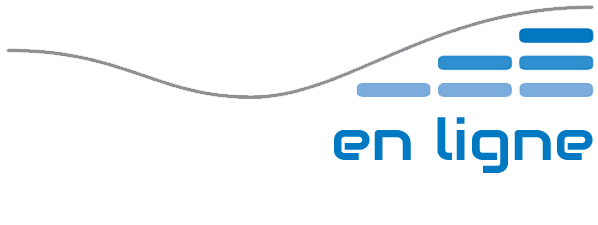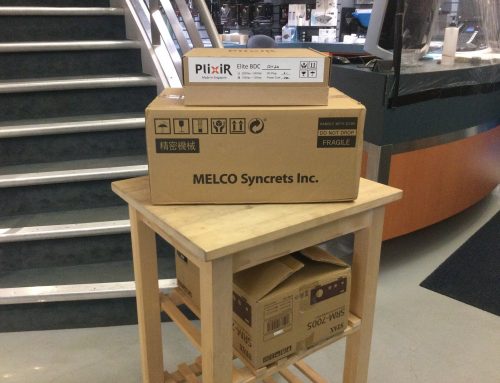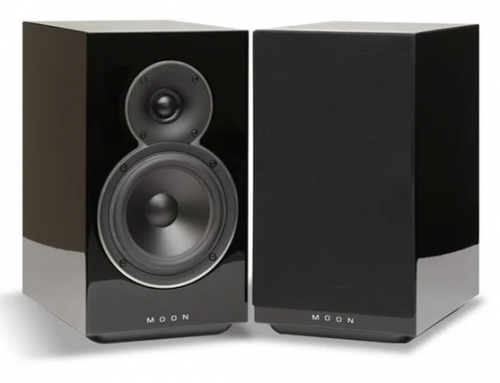Un tsunami se prépare à frapper nos côtes cette été et il risque de faire pas mal de dégâts!
Ceux qui sont familier avec la marque le savent, la sortie d’un nouveau produit chez Hegel rime toujours avec des avancées majeur autant au niveau technologique que sonore de leurs produits.
Lorsque le H90 à remplacé le fameux H80, il y a plusieurs années, le défit n’était pas simple. Le H80 était littéralement une bombe! Malgré tout Hegel à sortie mieux en terme sonore, plus complet en terme de fonctions et tout ça au même prix!
Lorsque le H190 est sortie, pas très longtemps après son petit frère, l’exploit accomplit était encore plus grand. L’amélioration entre le H190 et son prédécesseur, le H160 était encore plus marqué que entre le H90 et le H80, il fallait le faire!
En Aout dernier, lorsque tout le monde attendaient l’arrivée d’un potentielle H390, Hegel à surpris tout le monde avec la mise sur le marché d’un nouvel intégré de référence, le H590. Il est certain qu’à 13,500$ pièce, certaines personnes pourraient croire que le « diminishing return » fera rapidement sont effet, mais il n’en n’est rien, le H590 est un des meilleur rapport qualité/prix du marché, même à plus de 13 kilos de tomates!
Maintenant c’est au tour du H360 de prendre sa retraite. Au High End de Munich en fin de semaine dernière, Hegel à présenté officiellement l’une des machines les plus attendu par ma clientèle, le H390.
Voici quelques spécifications:
PRODUCT IN SHORT (may change)
– 2*250 watt, with basically same size power supply as H360
– 1 BNC input
– 1 coaxial digital input
– 3 optical digital inputs
– USB input
– Network input
– 1 pair balanced input
– 2 pairs analog RCA inputs
– 1 BNC digital output (from digital inputs only)
– Fixed and variable analog outputs
– Supports MQA on all digital inputs
– Supports up to DSD256 on USB
– Supports up to DSD64 on other digital inputs (DoP)
– Spotify Connect premium and free (pending certification)
– Apple Legacy AirPlay
– IP Control
– Roon end-point (pending certification)
– Control4 SDDP (pending certification)
– DAC Loop
FEATURES
The H390 shares the new streaming platform with H190 and H590. This is much more stable than the old one and is also more powerful. Meaning we hope to be able to come with several functionality updates. Like Airplay 2, Roon (very soon), Control4 SDDP etc.
We also look for updates that may further improve the sound quality over Ethernet, without going to further details just yet.
The DAC is very much based on the H590 but simplified.
The H390 also supports internet updates, like the H590. Meaning you can update via the menu. (NOTE: this also becomes available in the H190 after you install update v.20)
All inputs are configurable to be either variable or fixed level.
Increased gain on Line-Out: As Hegel amplifiers have high gain, some have found it difficult to integrate with certain subwoofers. H390 has higher gain on the pre-out compared to other Hegel amplifiers.
USB Volume – via the menu, you can open for what we call USB volume. This means that the connected USB device will remote control the volume of the H390. This is also possible on the H590. Many media players today allow this feature.
See the IP address in the menu. As Mac has removed their Bonjour program we have made it possible to see the amplifiers IP address in the menu. That allows you to go to the amplifier home page and customize settings.
SOUND
No circuit boards are the same as in the H360, meaning everything has been improved on H390. The voicing is, as always, in the analog design and we have taken H390 quite a bit further compared to H360. It sounds smoother and with more authority. Going in the direction of the H590, but just not quite there.
A new thing is that all digital inputs on the H390 are routed through the USB’s DSP. This allows MQA and DSD support over Spdif and also further reduces jitter.
Also, every time we make a new amplifier, we discover new things. On H390 the word is “down-clocking”. Meaning that we minimize noise, by reducing the system clock of certain circuits whenever possible. The effect this had was somewhat surprising to us, and may be ‘poor marketing’ since it means you are reducing the computing power. Some of you may be as old as me and remember that we could over-clock computers back in the day, to make them faster.
We can measure the improvements, and they are also verified through listening tests. It is quite extraordinary.
Bon je ne l’ai pas encore entendu personnellement, mais si j’ai à gagé ma paye sur quelques chose, c’est que Hegel va encore faire un coup de circuit!









